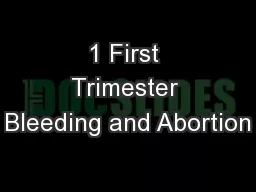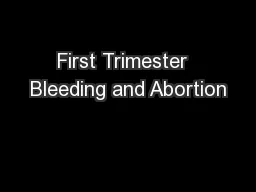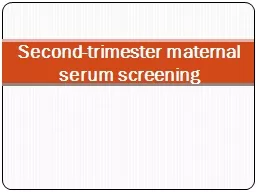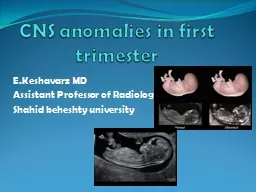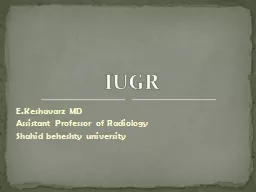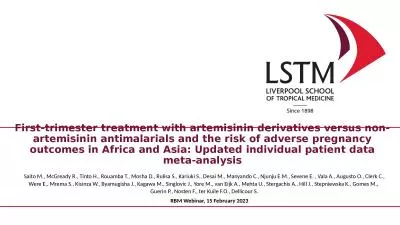PPT-E.Keshavarz MD First trimester screening
Author : FoxyLady | Published Date : 2022-08-03
Langdon Down London 1866 Subgroup of idiots Down syndrome mongolian people Downs theoryretrogression of ethnic type Darwins contemporary scientific reasoning for
Presentation Embed Code
Download Presentation
Download Presentation The PPT/PDF document "E.Keshavarz MD First trimester screeni..." is the property of its rightful owner. Permission is granted to download and print the materials on this website for personal, non-commercial use only, and to display it on your personal computer provided you do not modify the materials and that you retain all copyright notices contained in the materials. By downloading content from our website, you accept the terms of this agreement.
E.Keshavarz MD First trimester screening: Transcript
Download Rules Of Document
"E.Keshavarz MD First trimester screening"The content belongs to its owner. You may download and print it for personal use, without modification, and keep all copyright notices. By downloading, you agree to these terms.
Related Documents





